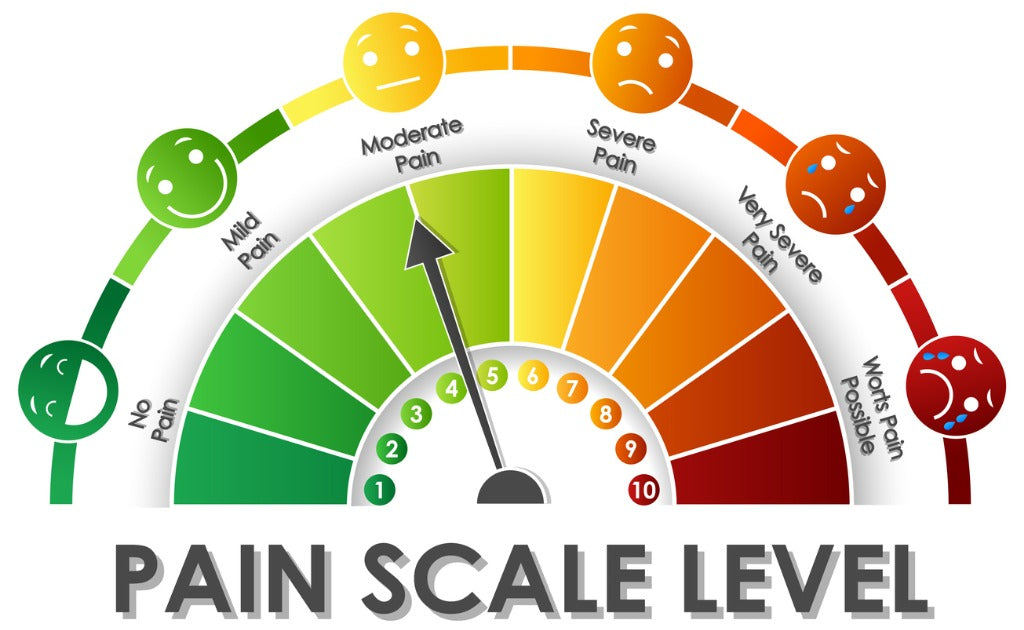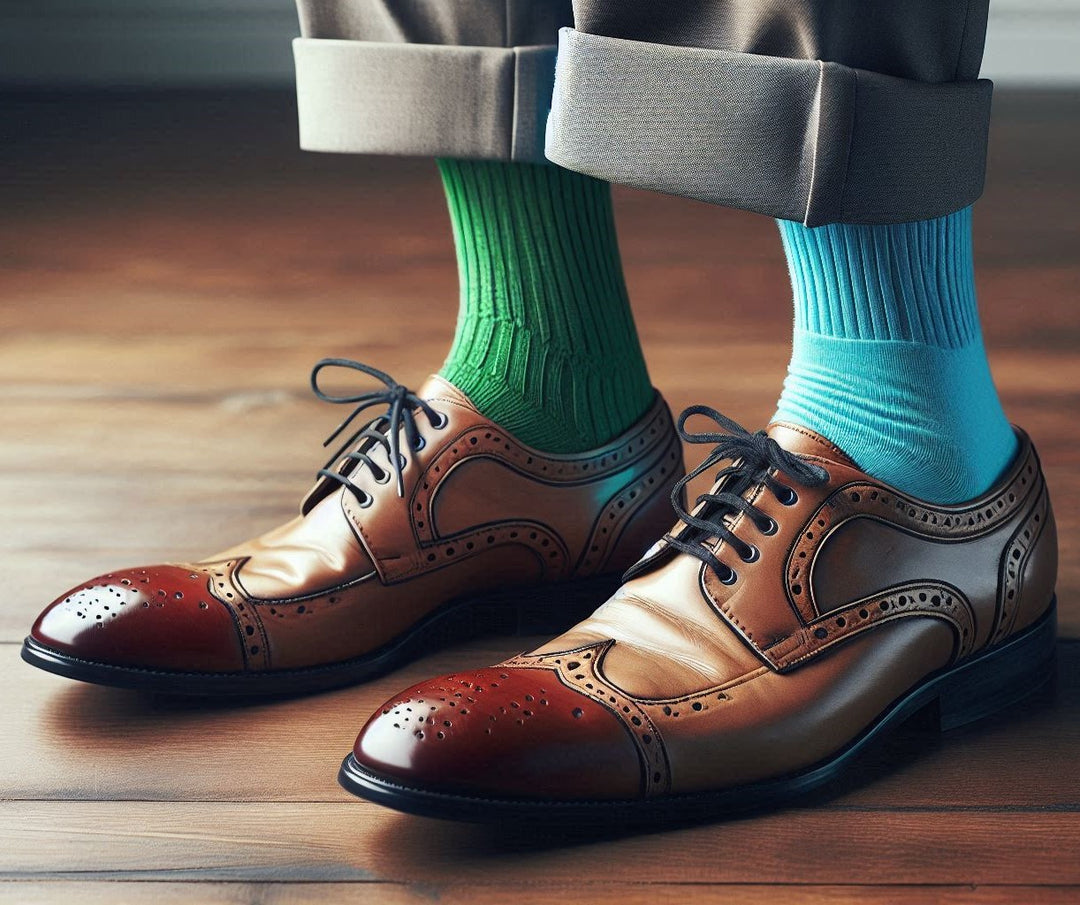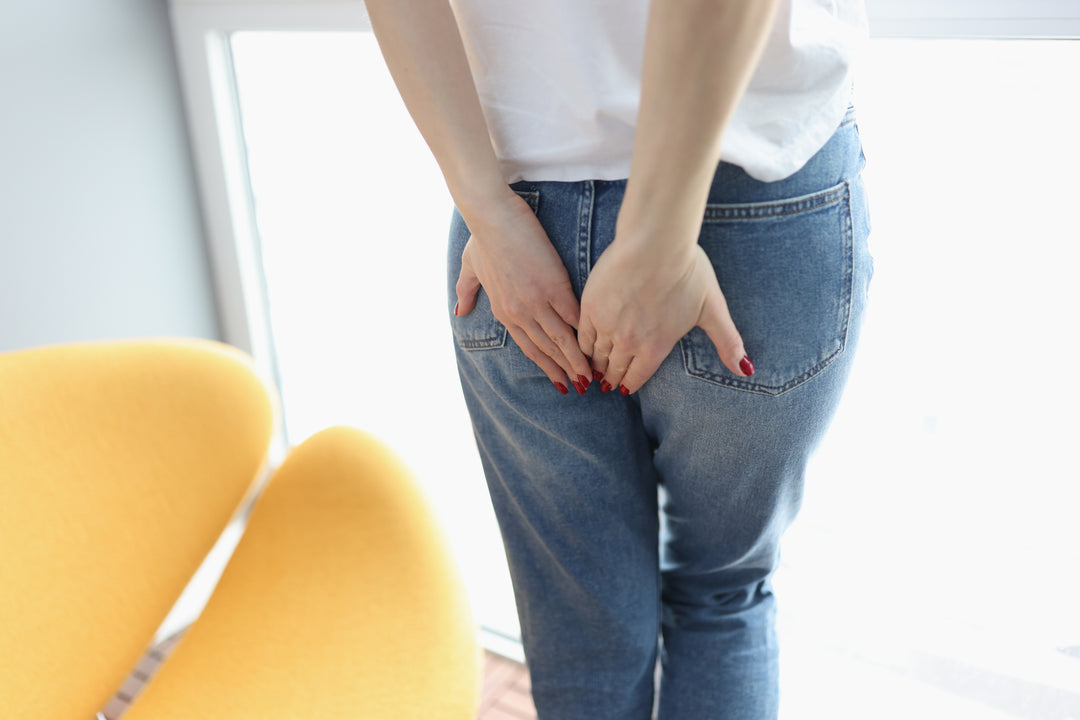Senior Exercise and Fitness Tips
Senior Exercise and Fitness Tips
By Darrell Griffin, Founder, PureAudacity.com
Regardless of your age or physical condition, it is never too late to start exercising.
These simple tips will help you get started safely and enjoy your work. What are the benefits of exercise for seniors?
There are many reasons we tend to slow down and become more inactive as we age. This could be due to health problems, weight problems, pain, or fear of falling. Or maybe you think exercise just isn't for you. But as you get older, an active lifestyle becomes more important to your health than ever.
A recent Swedish study found that physical exercise is the main source of longevity. Even if you start exercising before old age, it can extend your life. But being active is not only adding years to your life, but also adding life to your years. Exercise can help you increase energy, maintain independence, protect your heart, control disease or pain symptoms, and your weight. Regular exercise is also good for the mind, mood and memory. It’s never too late to find simple and fun ways to become more active, improve mood and outlook, and get the full physical and mental health benefits from exercise.
Since your metabolism naturally slows down as you age, maintaining a healthy weight can be a challenge. Regular exercise helps speed up your metabolism and build muscle, helping your body burn more calories. Reduces the influence of chronic diseases and ailments. People who exercise tend to have better immune and digestive function, higher blood pressure and bone density, and a lower risk of Alzheimer's, diabetes, obesity, heart disease, osteoporosis, and some cancers.
Improve mobility, flexibility and balance. Exercise can improve strength, flexibility, and posture, thereby helping to maintain balance and coordination, and reducing the risk of falls. Strength training can also help relieve the symptoms of chronic diseases such as arthritis.
Improve your sleep. Quality sleep is vital to your overall health as you get older.
Regular physical activity will help you fall asleep faster, fall asleep better, and wake up more energized and refreshed. Lift your spirits and boost your self-confidence. Exercise relieves stress, and the endorphins produced actually help reduce feelings of sadness, depression, and anxiety. Being active and strong will also help you feel more confident.
Improving Brain Function Activities such as Sudoku and crossword puzzles can help keep the brain active, but does little about the beneficial effects of exercise on the brain. It can help various brain functions such as multitasking and creativity, as well as help prevent memory loss, cognitive decline, and dementia. An active lifestyle can also help slow the progression of brain diseases like Alzheimer's.
Starting or maintaining regular exercise can be challenging at any age, and it will not become easier as you age. You may feel frustrated with health problems, pain, or anxiety about injuries or falls. If you have never participated in sports before, you may not know where to start, or you may feel that you are too old or too weak to meet the standards you set when you were young. Or you just think exercise is boring. Although these seem to be good reasons to slow down and relax with age, these are even the best reasons to move.
A more active lifestyle can lift your mood, relieve stress, help manage symptoms of illness and pain, and improve your overall well-being. And you don't have to require tedious workouts or going to the gym to reap the benefits of exercise. You can reap the rewards by adding more movement and activity to your life, even in small ways. Regardless of your age or physical condition, it is never too late to get your body in motion, improve your health and appearance, and increase your age. Myth 1: “There is no point in playing sports.
I will get old anyway. "Fact: Regular exercise can help you look and feel younger and stay independent for longer. It can also reduce the risk of various diseases, including Alzheimer’s and dementia, heart disease, diabetes, certain Some cancers, high blood pressure and obesity, and mood-improving exercise are as important at the age of 70 or 80 as at the age of 20 or 30.
Myth 2: Exercise increases the risk of falling. Fact: Regular exercise that increases strength and endurance prevents bone loss and improves balance, effectively reducing the risk of falls. Myth 3: “It's too frustrating; I will never be the athlete I once was. "
Fact: Changes in hormones, metabolism, bone density, and muscle mass mean that as we age, strength and performance levels inevitably decline. But this does not mean that you can no longer get a sense of accomplishment from physical activity or improved health. The key is to set lifestyle goals that are appropriate for your age. Remember that a sedentary lifestyle has a greater impact on athletic performance than physical aging.
Misunderstanding 4: "I am too old to participate in sports." Fact: It is never too late to move and improve your health! In fact, adults who become active in later years generally show greater physical and mental improvements than younger peers. If you have never exercised before, or exercised a long time ago, then you will not suffer the same sports injuries as many ordinary athletes experience in old age.
In other words, there aren't many miles on your watch, so you'll quickly start reaping the rewards. Start with easy activities and start with them.
Myth 5: "I can't exercise because I have a disability." Fact: If you are locked in a chair, you obviously have special problems to deal with. However, you can lift lighter weights, stretch and do chair aerobics, chair yoga and Tai Chi chairs to increase the range of motion, improve muscle tone and flexibility, and promote cardiovascular health. Many swimming pools are wheelchair accessible, and you can also find adaptive exercise programs for sports such as basketball. Misunderstanding 6: "I am too weak, or I have too much soreness."
Fact: Moving can help you cope with pain, improve your strength and self-esteem. Many older people find that regular physical activity not only helps to stop the decline in strength and vitality that comes with age, but also improves them. The main thing is to start softly.
What if you hate training? If you are afraid of training, you are not alone. But you don't need to exercise until you're drenched in sweat or every muscle aching to make a big difference to your health.
Listen to music or an audiobook while lifting weights. Shop windows as you stroll through the mall. Compete by playing tennis.
Take pictures while hiking in nature. Meet new people with a yoga class or fitness center. Watch your favorite movie or TV show while you walk on the treadmill.
Instead of chatting with a friend over coffee, chat while walking, stretching, or exercising. Take a walk around the golf course instead of using the cart. Take a walk or play with the dog. If you don't have a dog, offer to walk a neighbor's dog, or volunteer at a pet shelter or rescue group. When you're feeling stressed, go jogging, walking or cycling - see how much better you feel afterwards.
Find an exercise friend, someone you really enjoy company with, and try activities you've never tried before - you might find something you enjoy. In the worst case scenario, you've spent time with a good friend.
Staying active is not science. Just remember that combining different types of physical activity can help keep you interested in exercising and improve your overall health. The key is to find the activities you love based on the four building blocks of fitness.
What it is: Balance exercises help you maintain an upright posture and stability, whether you are standing or moving. Try yoga, tai chi, and posture exercises to learn balance.
Why It's Helpful: Improves balance, posture, and walking. It also reduces the risk of falls or the fear of falls.
What it is: Cardiovascular exercise engages large muscle groups in rhythmic movements over a period of time. This makes your heart beat faster and you may even feel a little short of breath. Cardio workouts include walking, climbing stairs, swimming, hiking, cycling, rowing, tennis and dancing. Why it's good: Cardio can help reduce fatigue and shortness of breath. It also promotes independence by increasing stamina during daily activities such as walking, cleaning the house, and doing errands.
What it is: Strength training builds muscle through repetitive movements using weights or external resistance from machines, free weights, rubber bands, or your own body weight. Strength training is often strength training performed at a higher speed to increase power and reaction time. Why it's good: Strength training can help prevent bone loss, build muscle, and improve balance, which are important for staying active and preventing falls. Strength training can improve your speed when crossing the street, for example, or prevent falls, allowing you to react quickly if you start to stumble or lose balance. Developing strength and power will help you stay independent and make it easier for you to complete everyday tasks such as opening a can, getting in and out of a car, and lifting objects.
What it is: Flexibility training tests the ability of your body's joints to move freely throughout the range of motion. This can be done through fixed stretches or stretches that involve sports to maintain the elasticity of muscles and joints and prevent injuries. Yoga is a good tool for improving flexibility. Why it’s good for you: Flexibility helps your body stay flexible and increase the range of motion for normal physical activities, such as looking around while driving, tying shoelaces, washing your hair or playing with your grandchildren.





